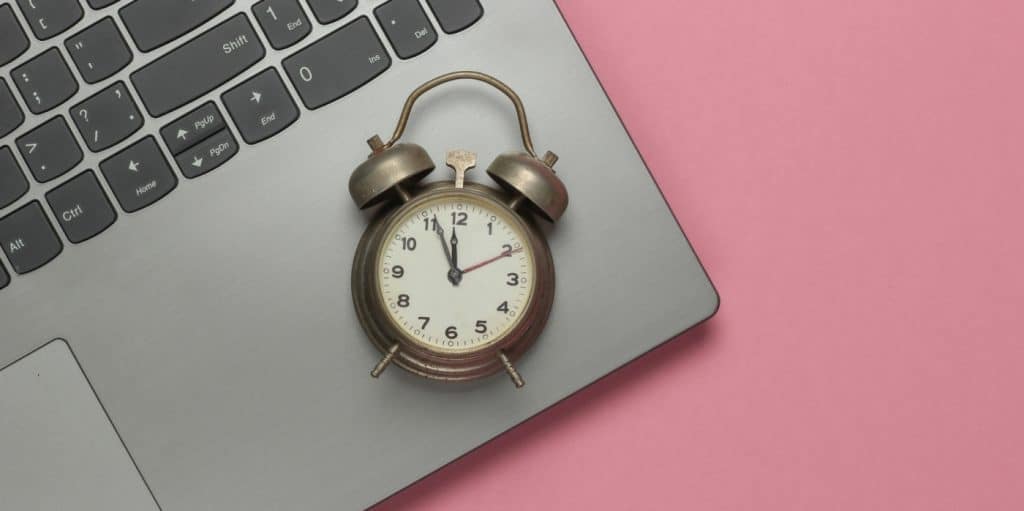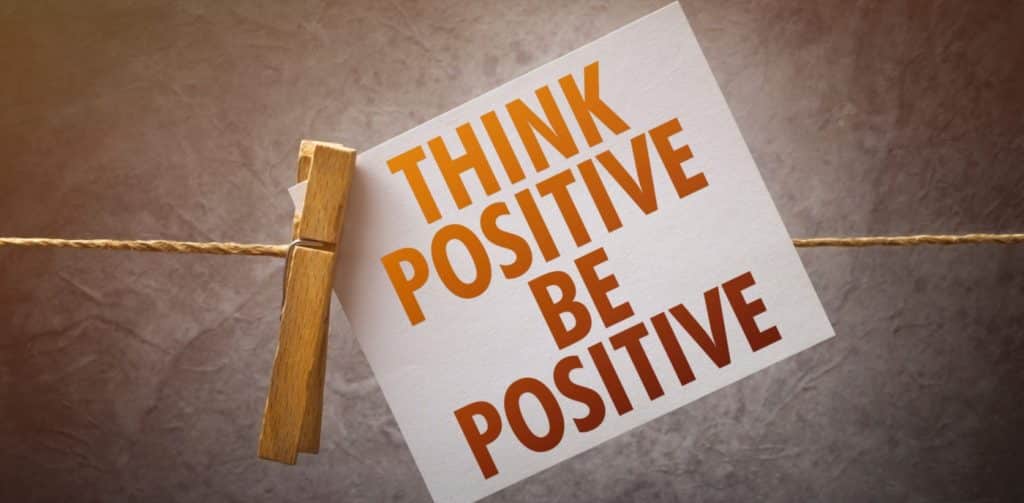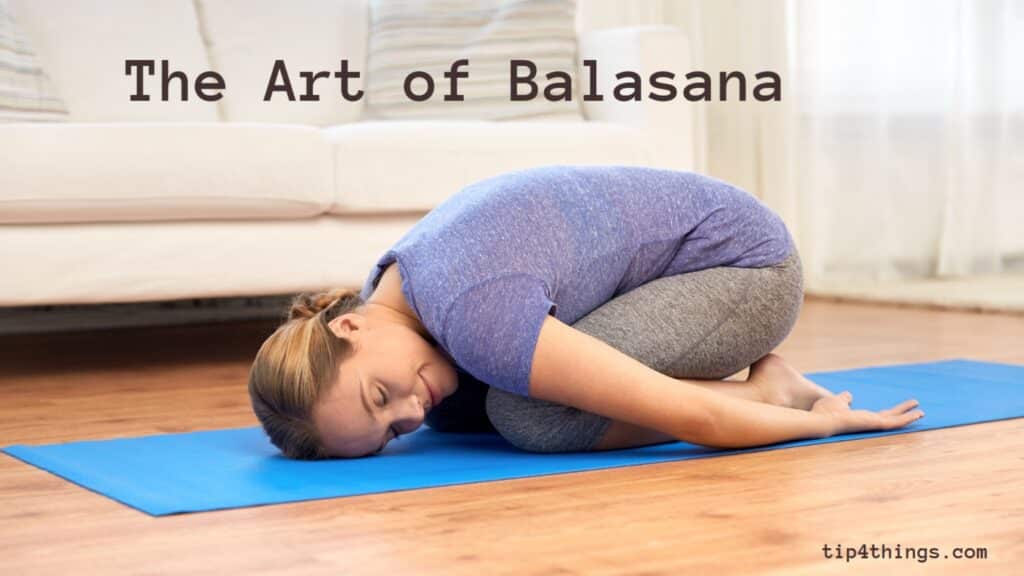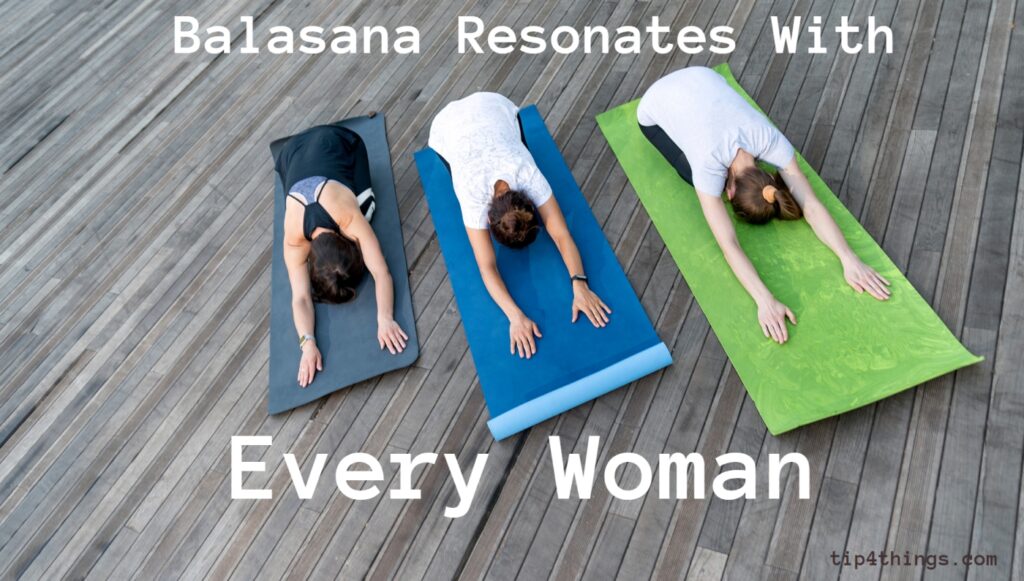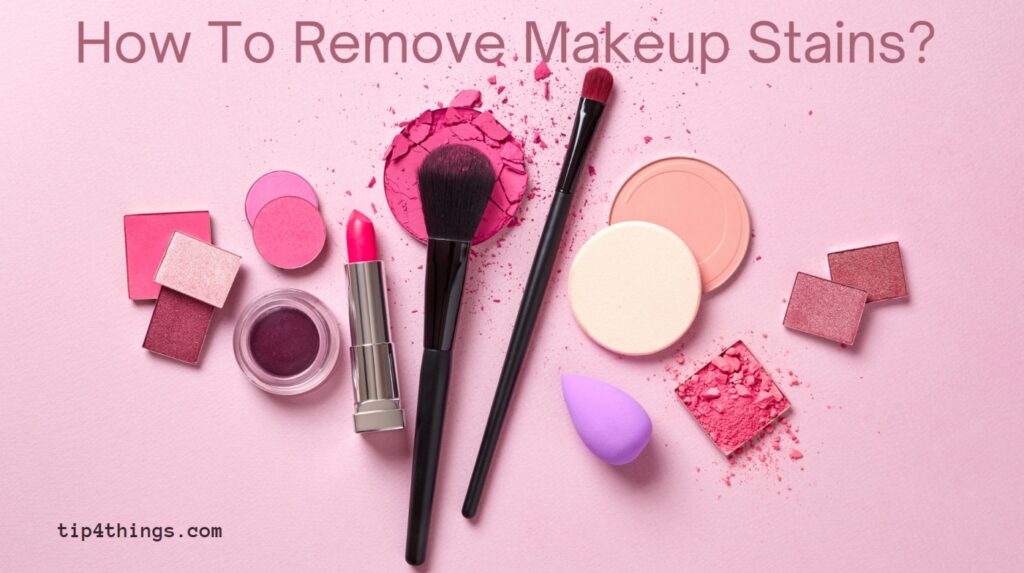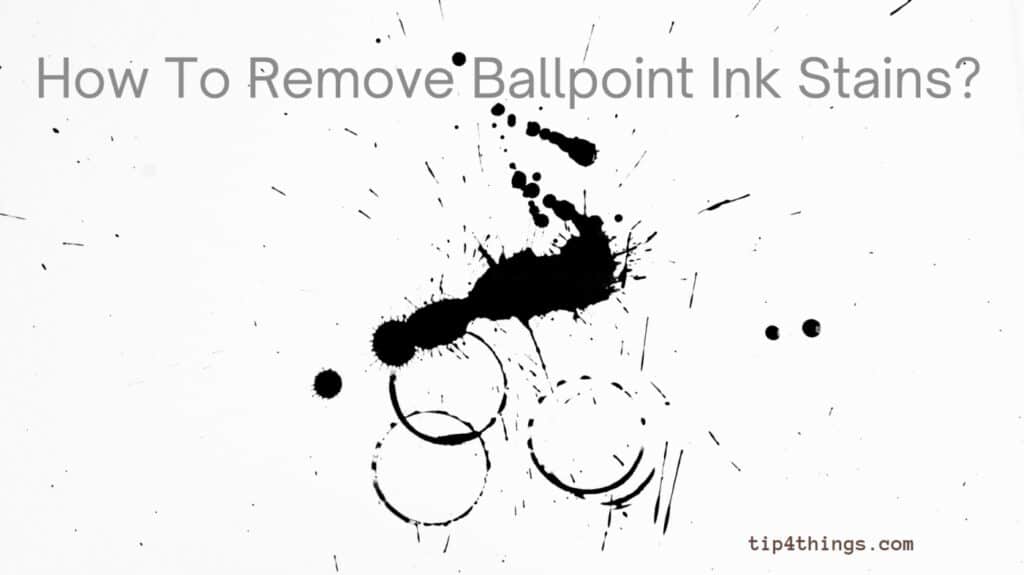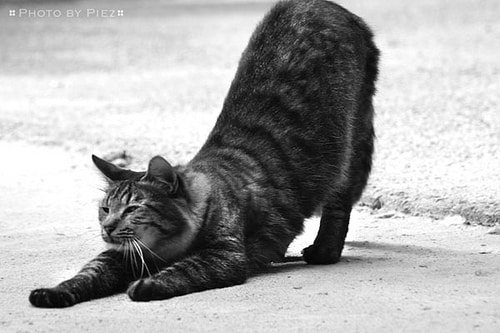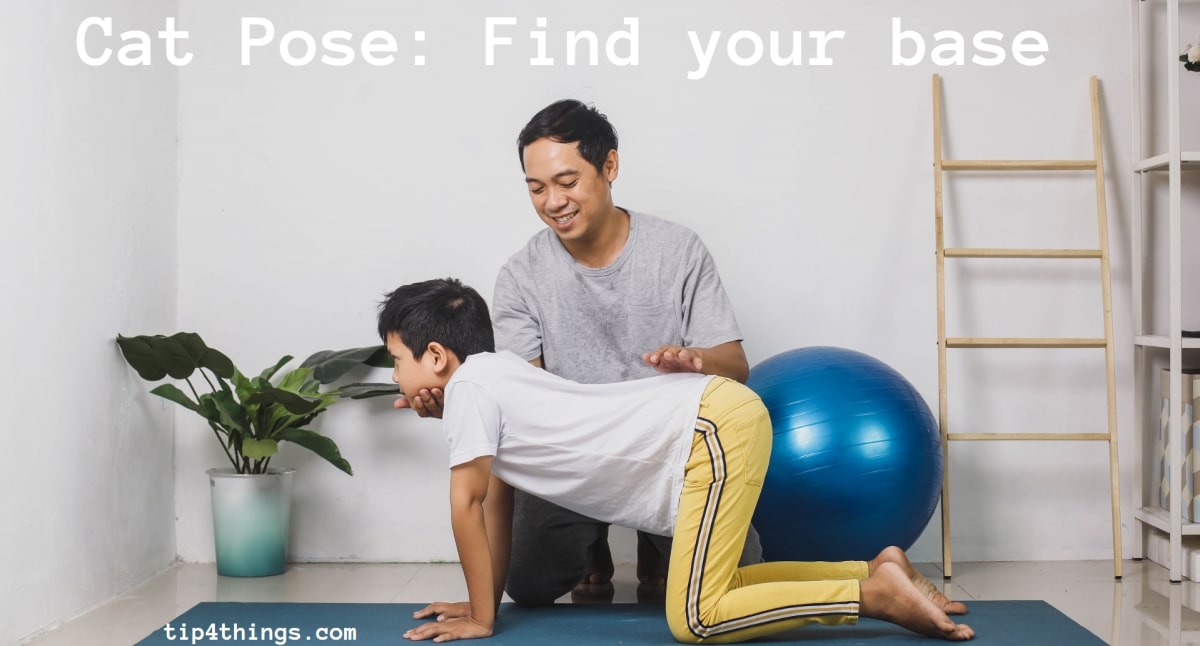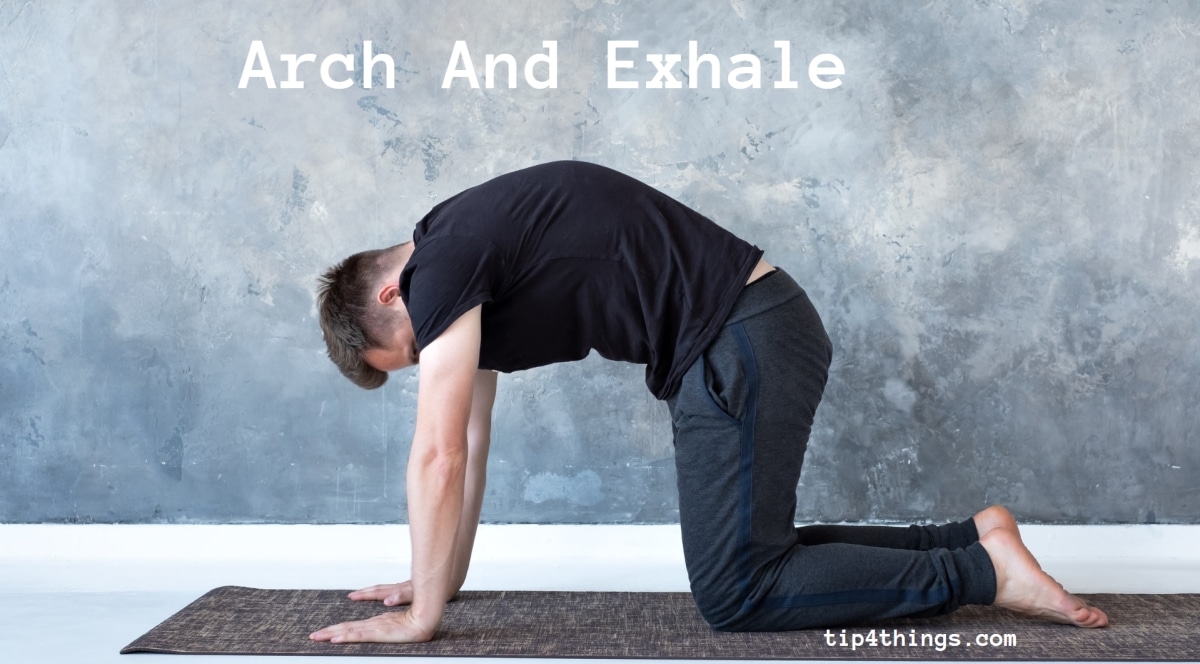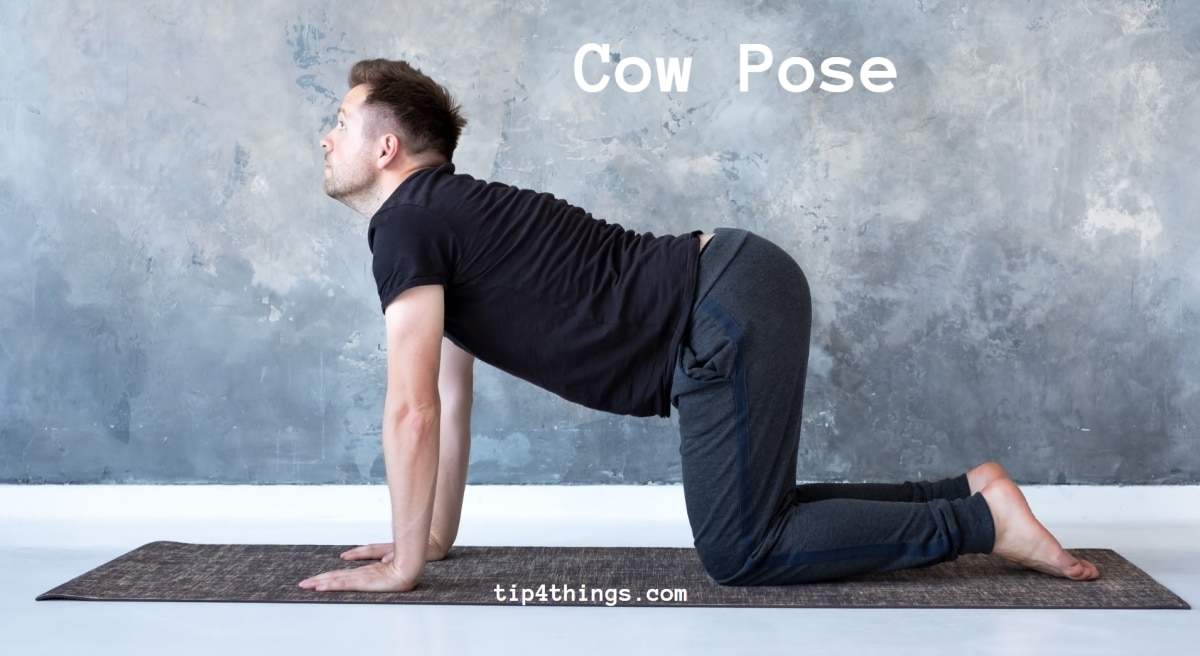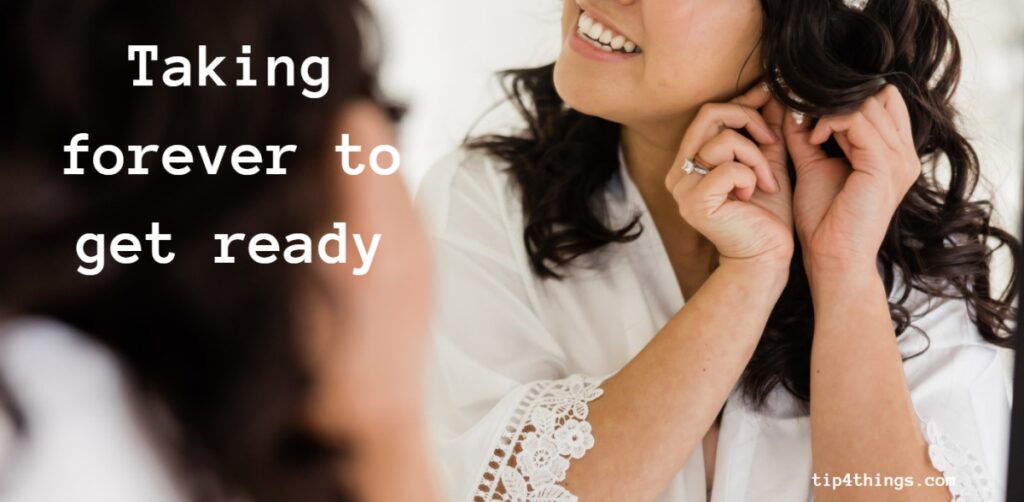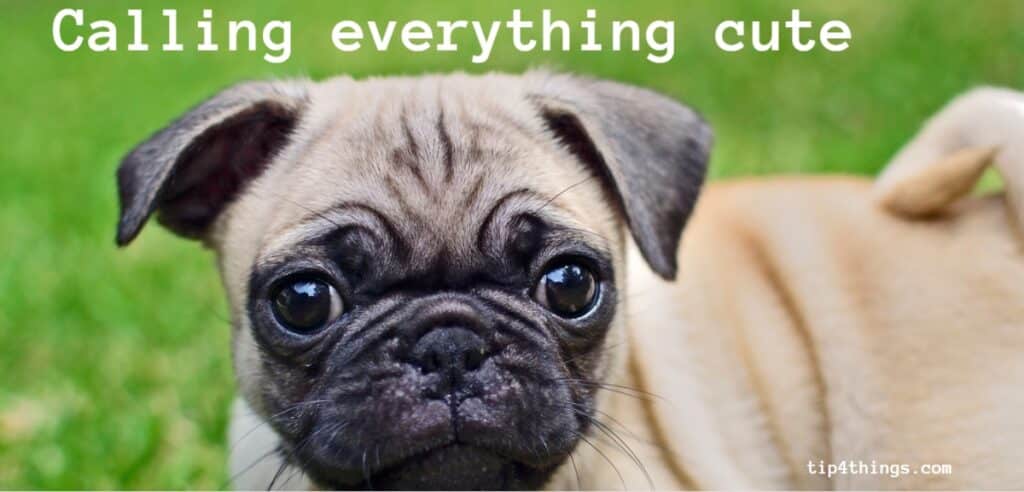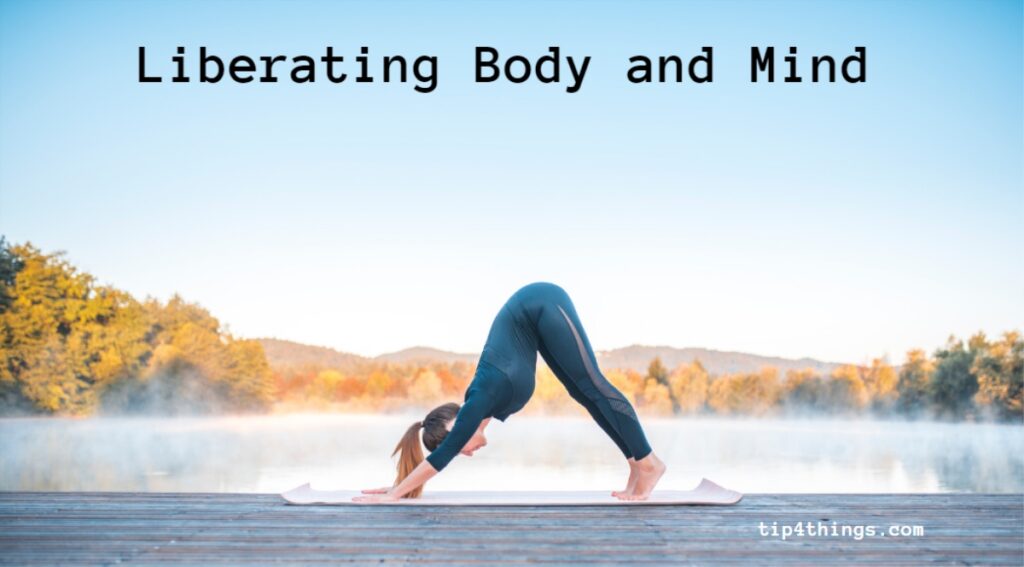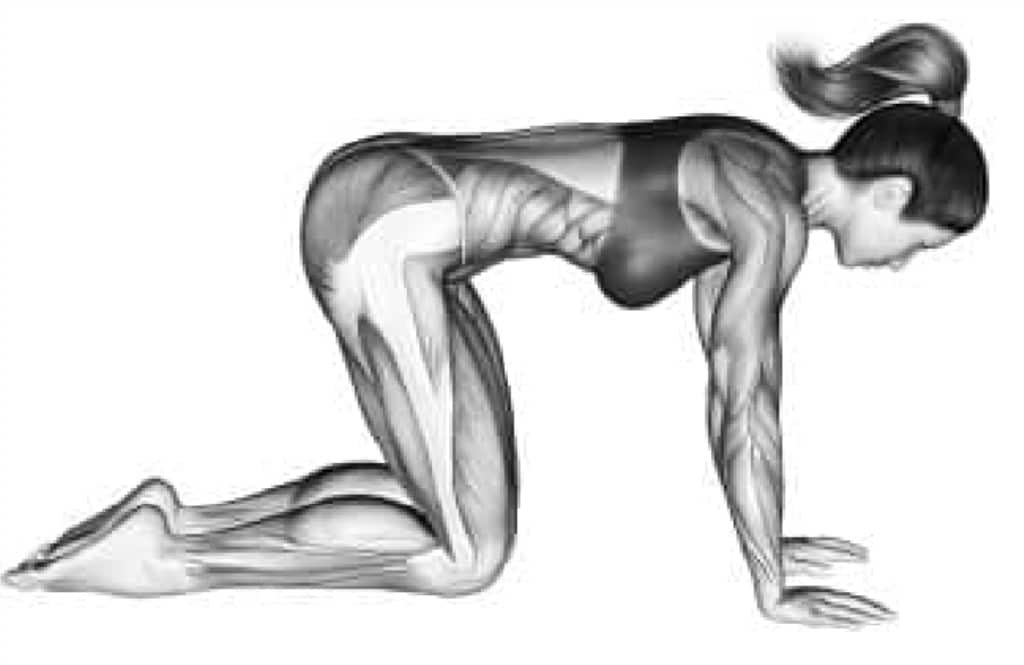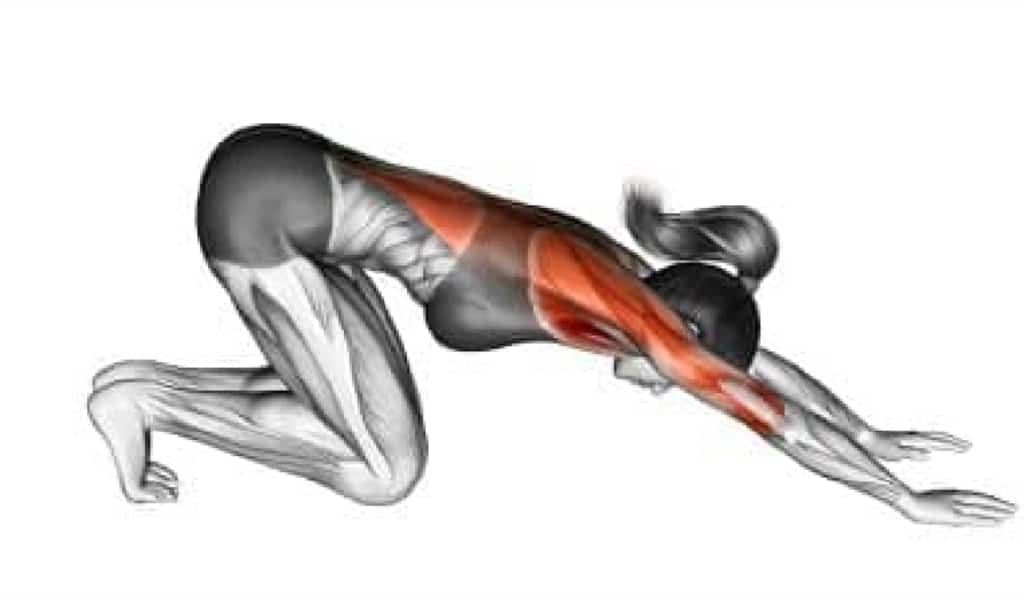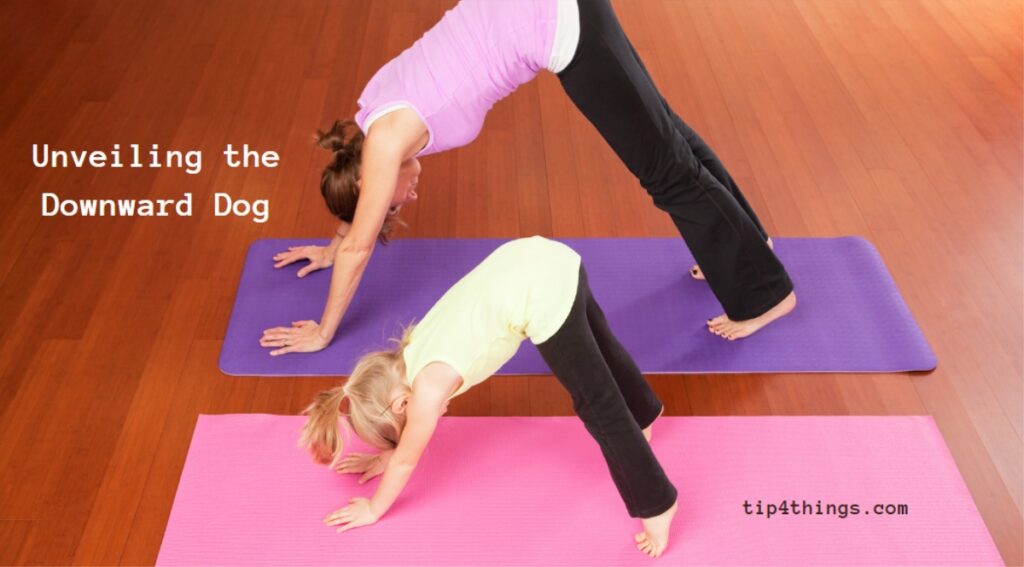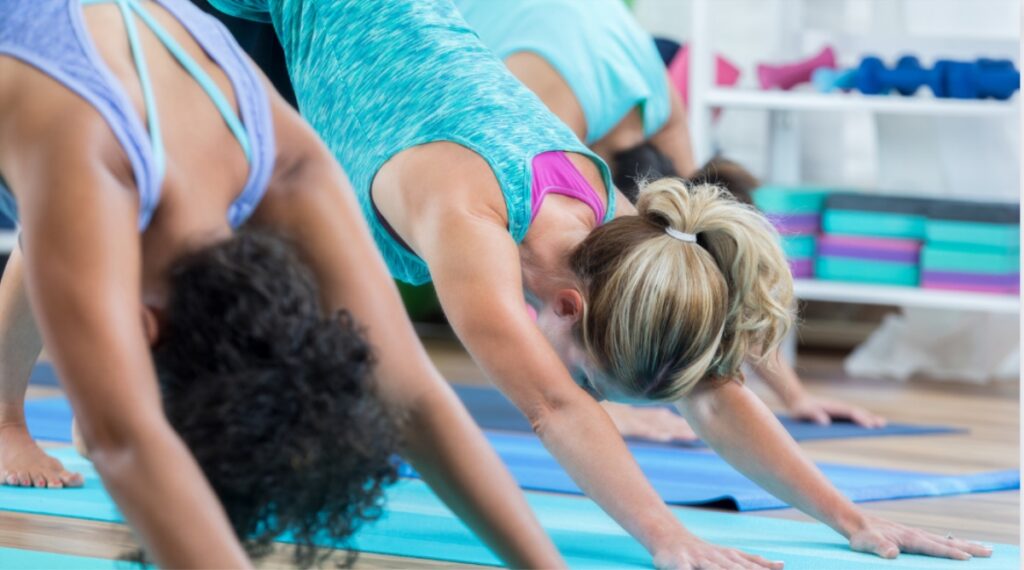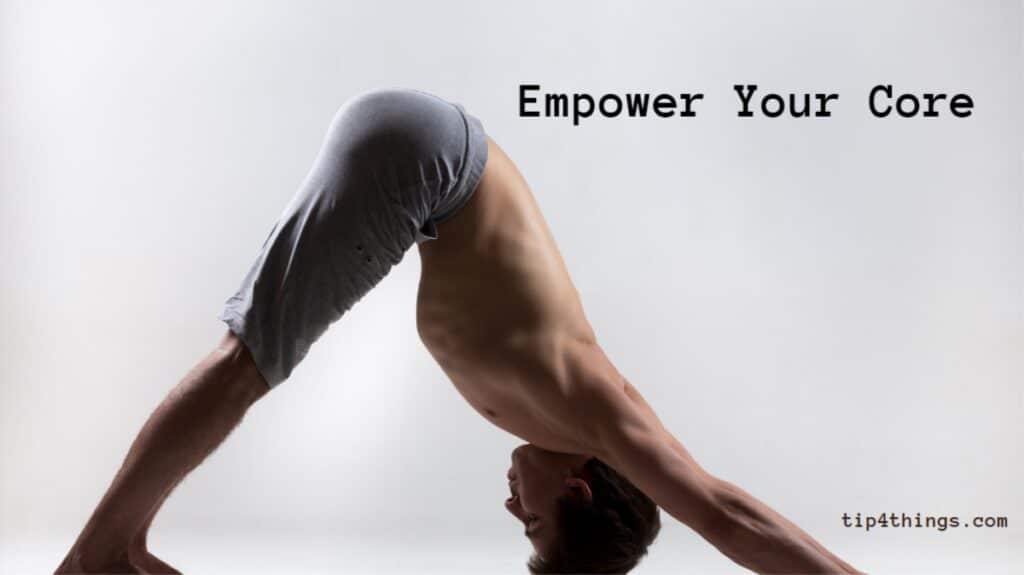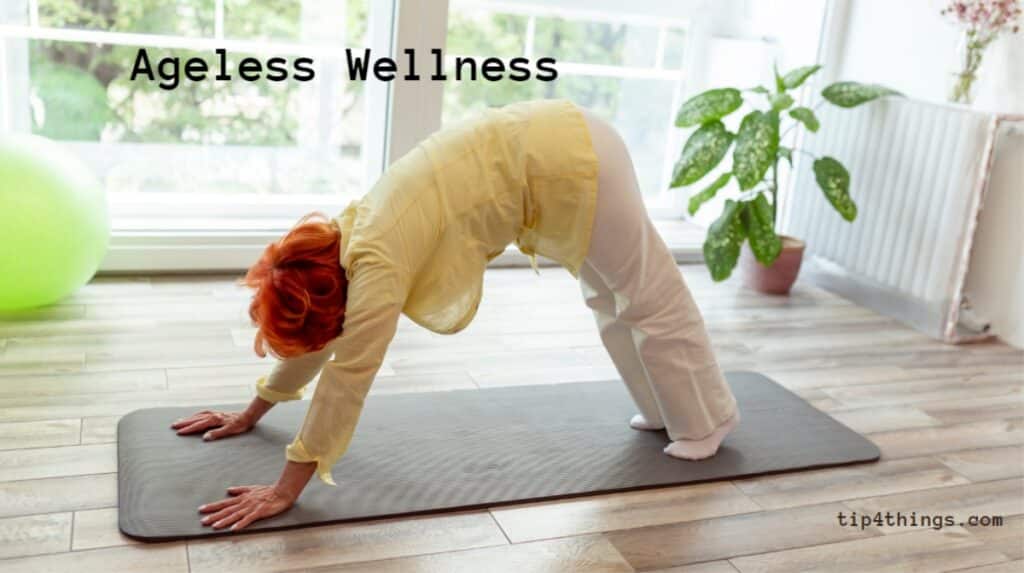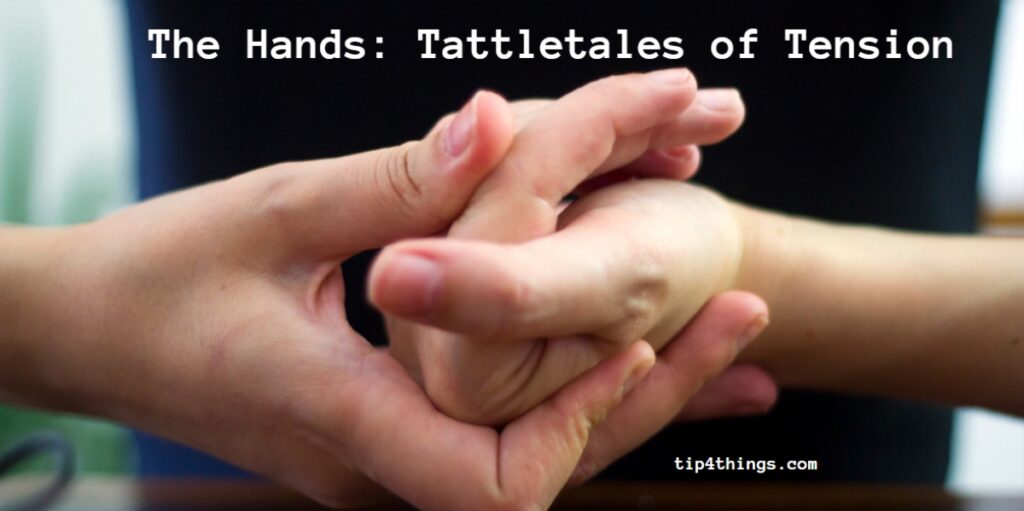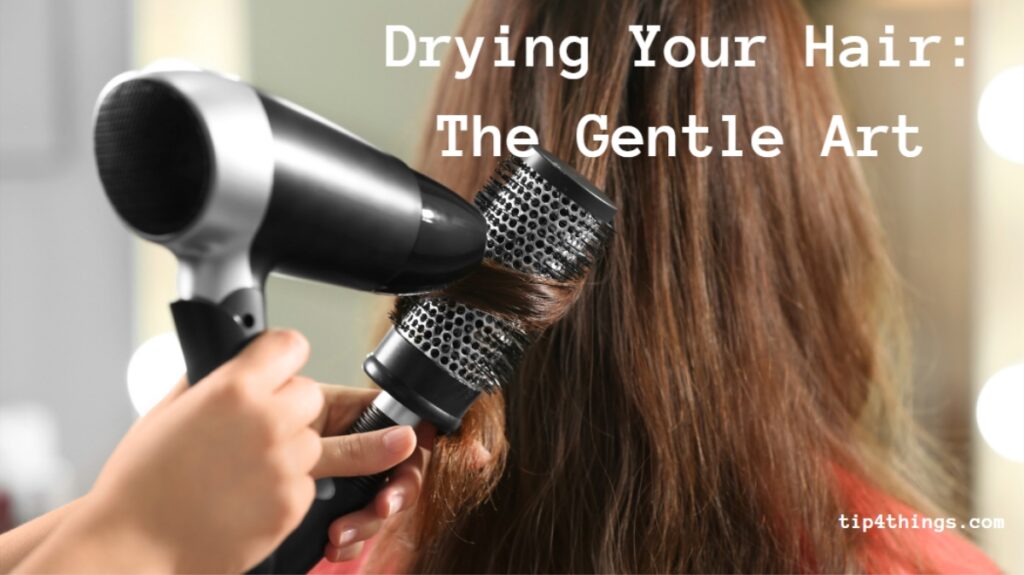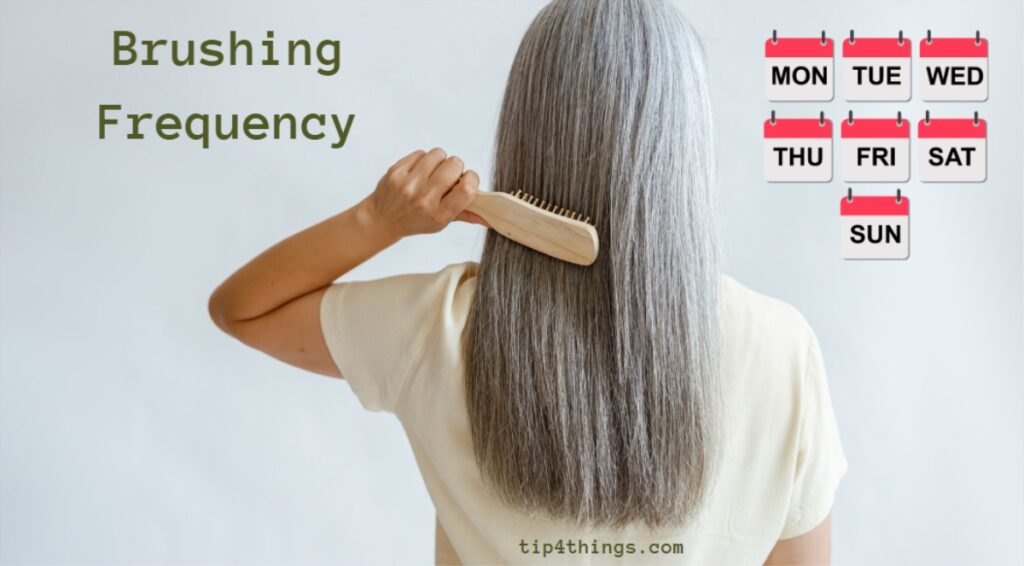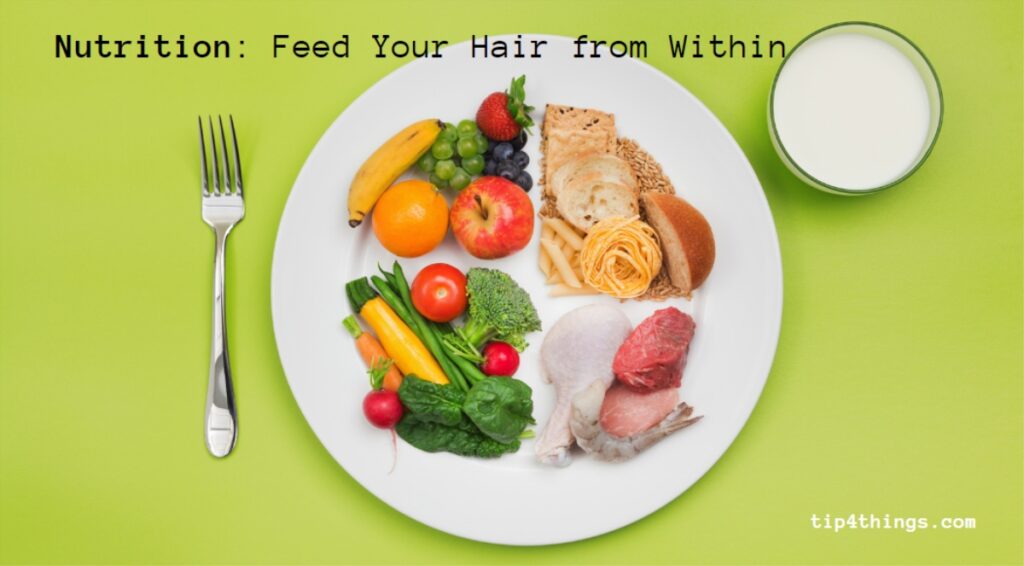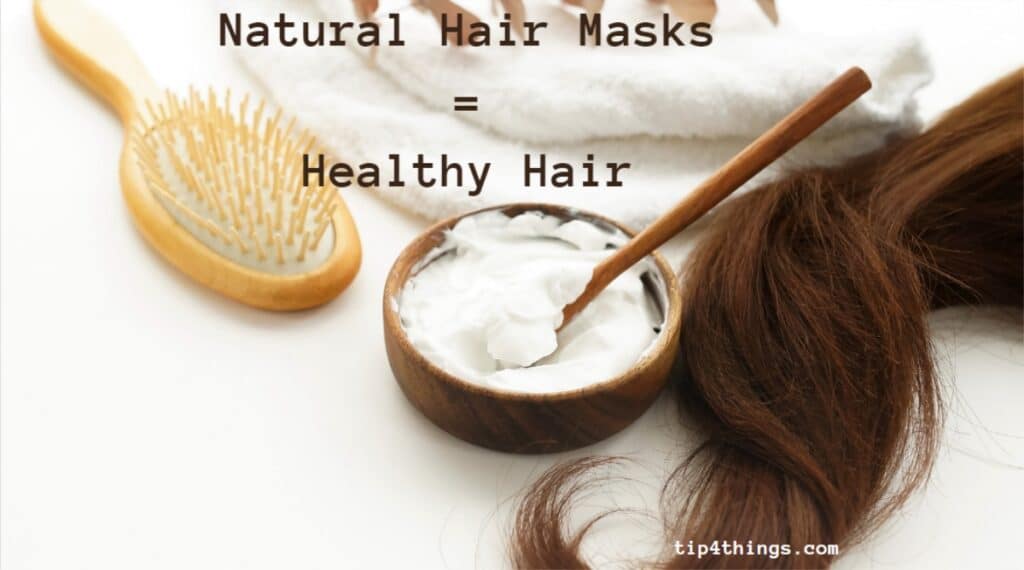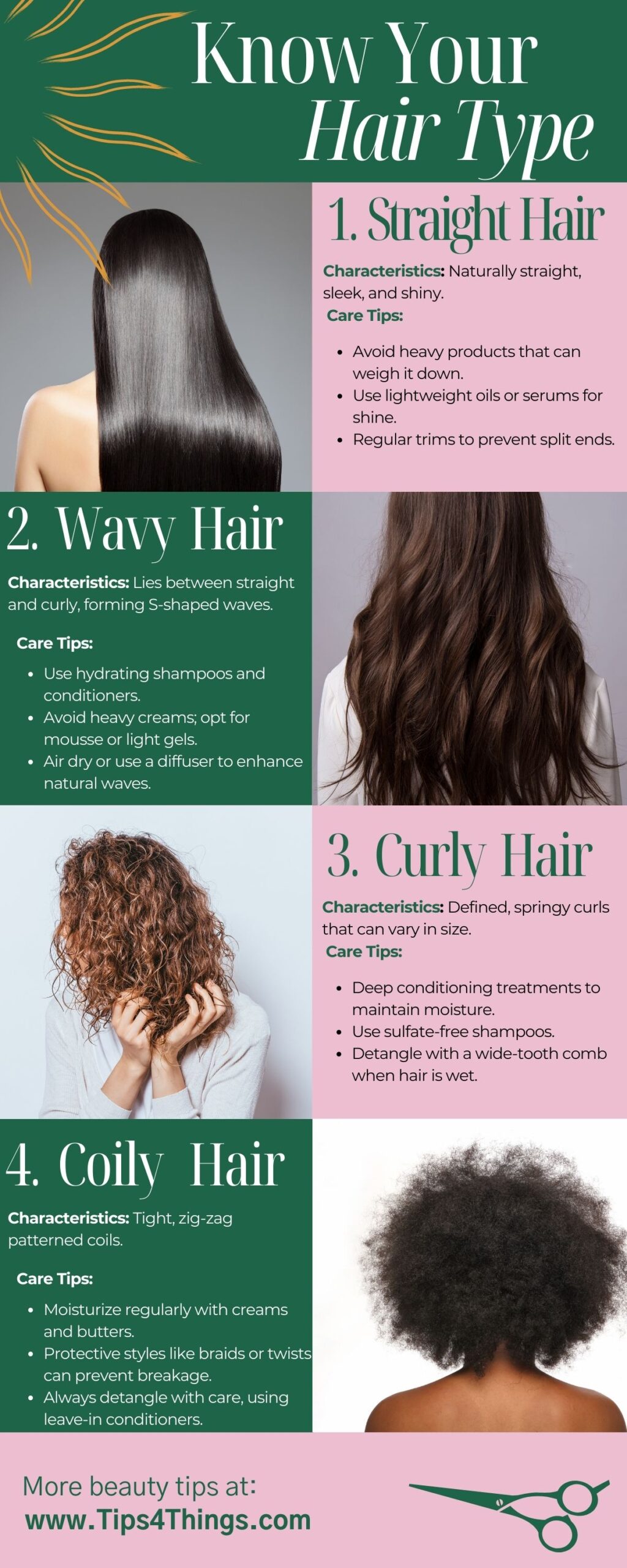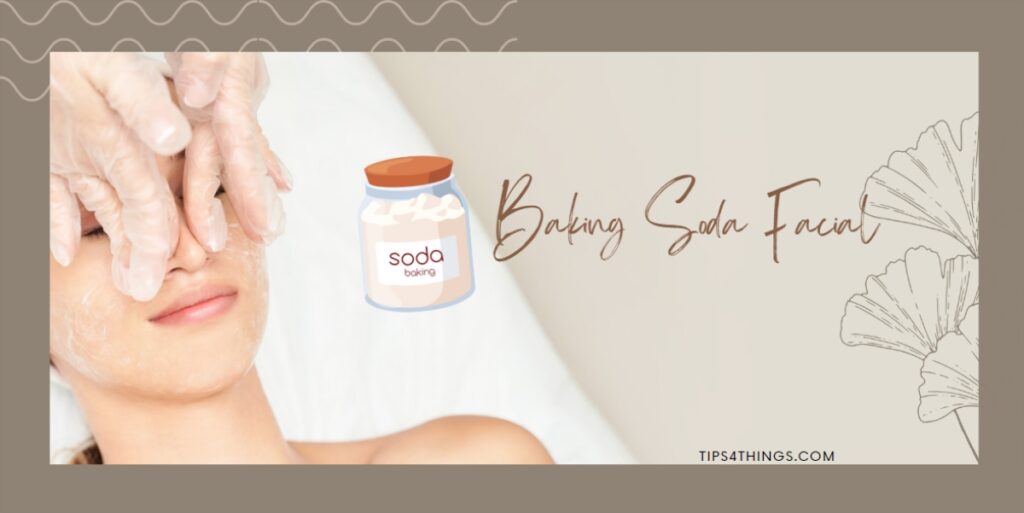Intimacy plays a role in a marriage, and having open and honest conversations about it is crucial. If you’re longing for an intimate connection, with your husband, it’s important to approach the topic with care, positivity and an open mind.
Here are some suggestions to help you effectively communicate about sex with your spouse and strengthen your bond as a couple.
1. Create a Safe and Positive Environment

Creating a positive environment is the first step in having open and honest conversations about intimacy. It’s important to consider both the space and emotional atmosphere.
Here’s how you can establish a positive environment when discussing sex with your husband;
a. Choose the Right Time and Place
b. Maintain a Non-Confrontational Tone
c. Express Love and Appreciation
d. Be Open minded and Receptive
e. Clearly Express Your Intentions
Make sure to communicate the purpose of the conversation, emphasizing your goal for both parties to find happiness and fulfillment. Keep the focus, on enhancing your relationship and intimacy, avoiding any harmful motives.
f. Use Supportive and Positive Language
Choose words that’re uplifting, supportive and positive while avoiding negativity or hurtful remarks. Present your desires and concerns in a manner that’s constructive and inspiring fostering an exchange of ideas.
Reflection
Creating a positive environment goes beyond the physical setting; it involves approaching the conversation with love, openness and a genuine desire for mutual understanding and personal growth.
By maintaining a tone expressing gratitude and being receptive to feedback, you establish a foundation for an effective and affectionate discussion, about intimacy.
2. Share Your Desires and Fantasies

It’s essential to communicate your desires and fantasies to have an intimate life. This allows both you and your husband to understand each other’s needs and preferences, leading to satisfaction and exploration. Here are effective ways to express your desires and fantasies;
a. Be Honest and Clear
Express your desires, needs, and fantasies honestly without exaggeration or downplaying. For example, you could say, “I’ve always been curious, about trying [an activity] because I believe it could bring us together and add more excitement to our intimacy.”
b. Encourage Mutual Sharing
Encourage your husband to share his desires and fantasies, emphasizing the importance of communication for both of you. You can say something like “I’ve shared something with you, and I’m genuinely interested in knowing what turns you on or what fantasies you might have. It’s important for me to understand what brings you pleasure.”
c. Use Positive Language
When discussing your desires, frame them in a supportive way that avoids sounding demanding or critical. For instance, you might say, “I think it would be an exhilarating experience, for both of us if we could explore [a fantasy] together.“
d. Establish a Safe and Non-Judgmental Space
Assure your husband that the conversation is a haven where both of you can express yourselves openly and honestly without any fear of criticism or ridicule. Let him know, “This is a space, from judgment. We can openly discuss our desires and fantasies without any fear of being judged or criticized.”
e. Be Open to His Reactions
Listen to his thoughts and reactions, acknowledging his emotions and being willing to engage in discussion and exploration. Respond with empathy and openness, saying, “I value your willingness to share your thoughts and feelings with me. Let’s explore our desires and fantasies together, finding ways to bring them to life.”
f. Explore Together
Once you’ve shared your desires and fantasies, embark on a journey by discussing how you can incorporate them into your life. Suggest, “Let’s venture into these fantasies and explore ways to integrate them into our intimacy, ensuring pleasure and fulfillment.“
Reflection
Sharing your desires and fantasies is, about fostering understanding while embarking on new paths of intimacy as a couple.
To strengthen your bond with your husband, it can be helpful to prioritize honesty, reciprocity, positive communication and a non-judgmental environment. By embracing these aspects, you both can. Fulfill each other’s desires, in a way that deepens your connection, on a level.
3. Use “I” Statements and Avoid Placing Blame
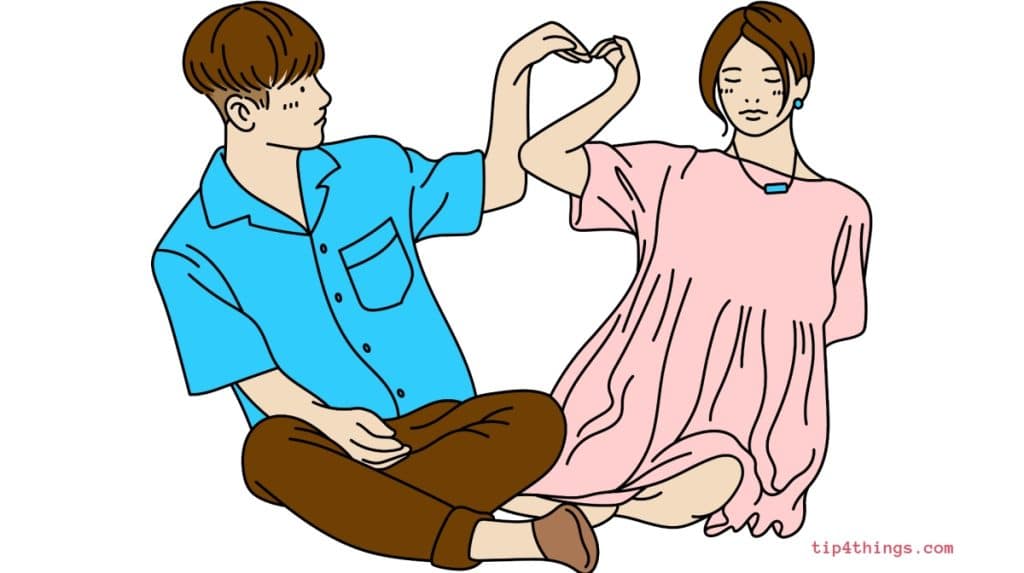
Using “I” statements is an approach, to expressing your feelings and needs without assigning blame or criticism to your partner. It promotes productive conversation, enabling both individuals to understand each other’s perspectives and address concerns effectively. Here’s how you can implement this approach;
a. Express Your Feelings and Needs
b. Avoid Accusatory Language
c. Be Specific and Clear
Be precise about your concerns and desires, avoiding ambiguous statements. For instance, saying, “I feel more loved and valued when you express affection through words and actions ” is more effective, than stating, “You don’t love me.”
d. Encourage Open Conversation
Invite your husband to share his thoughts and feelings, emphasizing the importance of honest communication. Encourage him by expressing, “I’ve shared my perspective and its equally important for me to understand how you feel and what you think.“
e. Validate Each Other’s Emotions
Validate your husband’s emotions even if they differ from your own, fostering a sense of respect and understanding. Show empathy, by saying, “I can understand where you’re coming from and I appreciate you being open about your feelings with me. Lets collaborate to address our needs and concerns together.“
f. Look for Solutions Together
After expressing your emotions and needs, work collaboratively to find solutions that are satisfying for both of you when facing any concerns or differences. Propose, “Let’s have a discussion on how we can meet each other’s needs and resolve any concerns in a way that strengthens our relationship.“
Reflection
Using “I” statements of assigning blame is, about creating a positive and understanding conversation regarding intimacy. By expressing your emotions and needs while avoiding language, promoting open dialogue, validating each other’s emotions and seeking mutually beneficial solutions, both you and your husband can enhance communication regarding intimacy while building a stronger and more fulfilling relationship.
4. Be Open. Listen
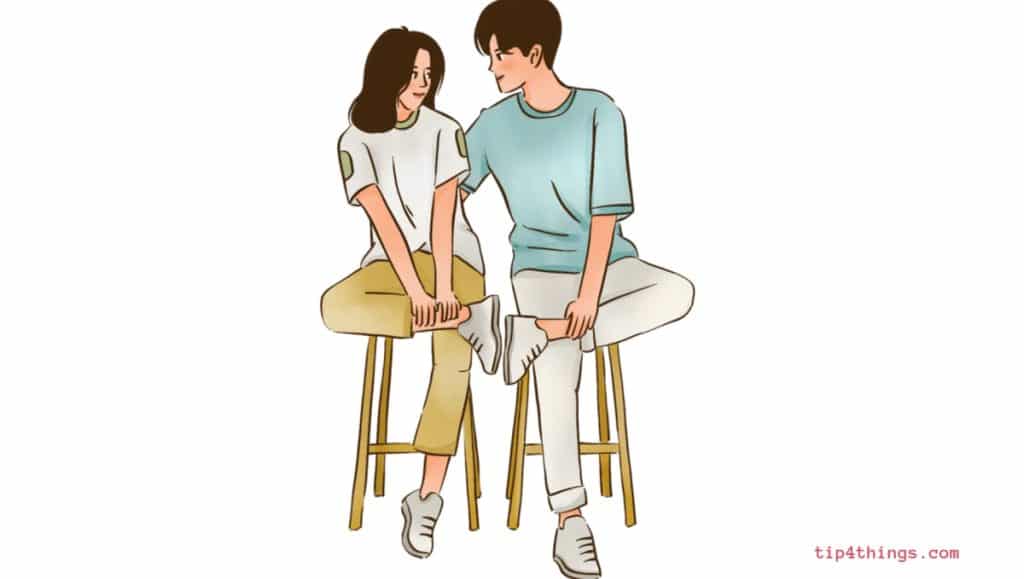
Active listening and being open are key aspects of effective communication, especially when discussing sensitive topics such, as intimacy. It is important to create a space where both partners feel heard, understood and valued. Here are some ways to be more open and listen attentively during conversations about sex with your husband;
a. Maintain Eye Contact and Welcoming Body Language
Show your engagement by maintaining eye contact and adopting an inviting body posture. Avoid distractions like phones or TV, fully focusing on the conversation.
b. Validate His Feelings and Show Understanding
Express empathy by validating his feelings, even if you have perspectives. Let him know that you understand how he feels and acknowledge his perspective to show respect.
c. Ask Thought Provoking Questions
Encourage him to share more by asking ended questions that require more than a simple. No answer. For instance, ask him how he feels about exploring experiences together to foster deeper conversation.
d. Reflect on What He Says and Seek Clarification
Take the time to reflect on what he shares with you during the conversation, ensuring that you fully understand his thoughts and emotions. If needed, politely seek clarification by saying something, like “So if I understand correctly what you’re saying is [repeat what he said].“
Is that correct? This is a way to confirm your understanding and show that you’re paying attention.
e. Avoid Interrupting or Judging
Remember not to interrupt or pass judgment. Let your partner express their thoughts fully without any interruptions, creating an open environment for conversation. Practice patience and openness, allowing the conversation to flow naturally.
f. Express Empathy and Understanding
It’s important to show empathy and understanding in order to create a loving atmosphere. You can respond with something, like “I can understand why you would feel that way. I want you to know that I’m here for you ” to convey love and support.
g. Encourage Further Sharing
After listening, it’s helpful to encourage sharing and exploration of thoughts and feelings. You could say something, like “Is there anything you would like to share or explore on this topic?” This will keep the conversation going and allow for a connection.
In summary
By being receptive listening, maintaining eye contact validating feelings, asking ended questions avoiding interruptions or judgments, expressing empathy and encouraging further sharing; both yourself and your husband can deepen your understanding of each other while paving the way for a more fulfilling intimate life.
5. Respect and Validate Each Other’s Love Languages

One crucial aspect of strengthening intimate connections, in a marriage, is understanding and respecting each other’s love languages. It involves recognizing the ways in which each partner feels loved and valued. Here’s a step-by-step approach to exploring and honoring each other’s love languages.
a. Discover Your Love Languages
Take some time to reflect on how you feel most loved and appreciated. Share your discoveries with your spouse, expressing something like “I feel incredibly loved when [specific actions or words are used] ” to provide them with an understanding.
b. Encourage Your Spouse to Share Theirs
Invite your spouse to identify and share their love languages, fostering comprehension. Encourage them by saying something like “I’d genuinely love to know how you feel most loved and valued in our relationship ” thus promoting communication.
c. Show Respect, for Each Other’s Love Languages
Recognize the significance of both your partners’ love languages, even if they differ from your preferences.
Show respect and understanding by acknowledging “I recognize that [specific love language] is important, to you, and I want to honor that in our relationship.”
d. Actively Incorporate Love Languages into Your Relationship
Try to show love in the way your husband values the most, and encourage him to do the same for you. Suggest, “Let’s try to express our love in ways that mean the most to each other ” fostering mutual love and appreciation.
e. Regularly Check In and Adapt
Continuously. Reassess each other’s love languages, adapting as needed based on any changes or new insights. Propose, “Lets regularly check in with one another about our love languages to ensure we consistently feel loved and valued.“
f. Celebrate the Diversity of Love Languages
Embrace. Celebrate the ways both you and your husband express and receive love, seeing it as a strength, within your relationship. Affirm, “The ways we demonstrate affection enhance our bond and bring us together.“
Reflection
Exploring each other’s love languages aims at deepening connections while fostering appreciation within a relationship. By understanding, valuing, integrating and cherishing the ways in which you and your husband express love, you can strengthen your connection and deepen the love within your marriage.
6. Embrace Compromise and Adventure Together

Discovering a ground. Being open, to new intimate experiences can greatly enhance your sexual relationship. It’s about respecting each other, embracing mindedness, and sharing a desire to explore and grow together. Here’s how you can seek compromise and embark on adventures in your life;
a. Have Conversations about Boundaries and Desires
Engage in open communication regarding your personal boundaries, desires, and willingness to try new things. For example, you could say, “I’m open to exploring [an activity]. I’d rather avoid [another activity]. How do you feel about that?“
b. Find Common Interests
Identify activities or experiences that both you and your partner’re interested in exploring. Suggest something like, “I think we’re both intrigued by [an activity]. Would you be interested in exploring it ?“
c. Embrace Open Mindedness and Non Judgment
Approach each other’s desires and suggestions with a mind refraining from judgment or dismissal. Respond with something like, “I’m willing to give [an activity] a try, with you. Lets explore it together and see how it feels for both of us.“
d. Show mutual respect, for each other’s comfort levels.
Respect each other’s boundaries. Ensure that any exploration is consensual and enjoyable for both partners. Let your partner know, “I want our explorations to be comfortable and pleasurable, for both of us. Let’s always communicate and honor each other’s boundaries.”
e. Take it slow when experimenting.
Start with explorations and gradually progress to more adventurous ones, giving both of you time to adjust and feel comfortable. Suggest, “Let’s begin with [an activity] and see how we both feel before trying more daring explorations.“
f. Regularly. Reflect on your experiences.
Continuously discuss about your experiences, reflecting on what works and what can be improved or adjusted. Encourage dialogue by saying, “Let’s regularly discuss our experiences and feelings to ensure our explorations are satisfying for both of us.”
g. Celebrate the discoveries you make together.
Celebrate the levels of intimacy you discover as a couple, strengthening your bond through shared experiences. Share your excitement by saying, “Exploring [an activity] together has brought us closer and added much joy to our intimacy. I’m thrilled to keep discovering with you”.
Reflection
Finding ground and trying things together is all, about growing together, exploring each other’s desires and showing respect in your intimate relationship.
By having conversations about boundaries, discovering shared interests, being receptive to ideas honoring each other’s comfort levels, taking small steps towards experimentation, maintaining regular communication and celebrating new experiences, both you and your husband can deepen your intimate bond and find greater satisfaction and happiness in your relationship.
7. Make it a Habit, to Check in Regularly
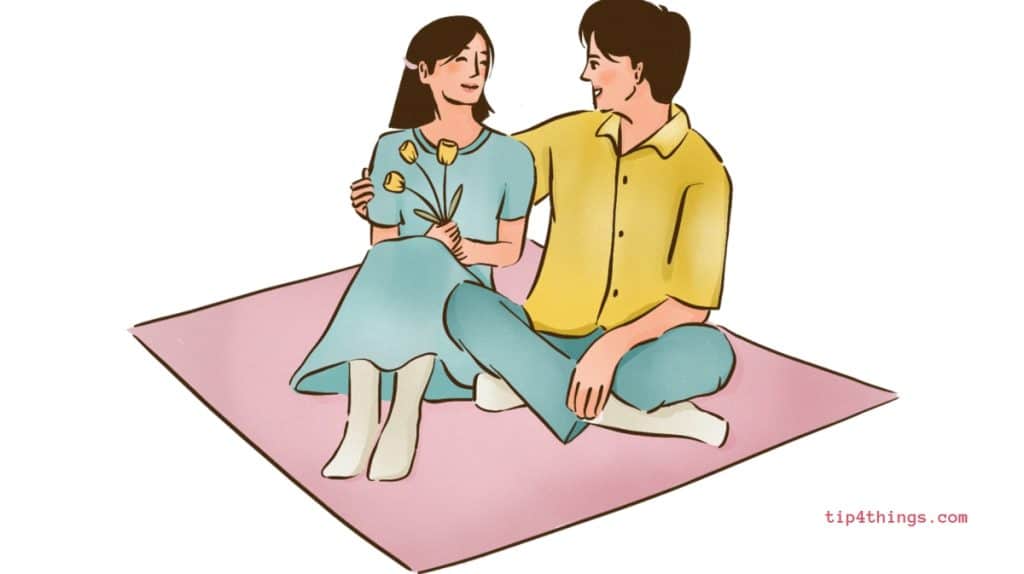
Regular check ins play a role in keeping the lines of communication when it comes to intimacy. They offer a recurring opportunity for both partners to share their emotions, discuss concerns and address any issues in their relationship. Here’s an effective way to schedule and conduct check ins regarding intimacy;
a. Establish a Set Date and Time
Come to an agreement on a date and time that works for both of you, ensuring consistency and commitment. Suggest, “What if we set aside some time every [ day] at [ time] for our intimacy check in?“
b. Nurture a Safe and Welcoming Environment
Create an atmosphere where both partners feel secure, respected and comfortable expressing their thoughts and feelings. Remind each other, “Let’s make sure this is a space where we can openly discuss our emotions, needs and desires.“
c. Address the Positive Aspects as Areas for Improvement
Disclose both the positives in your intimate life and areas where there is room for improvement, maintaining a balanced and constructive conversation. Begin with something, like “I truly appreciate [a aspect] but I believe we could also work on [an area that could be improved].“
d. Be Honest and Constructive
Share your thoughts and feelings honestly. In a manner. Focus on finding solutions than dwelling on problems. For example, you can say, “When [a specific situation occurs] it makes me feel [a feeling]. I believe we can work together to find a solution by [a suggestion].“
e. Listen and Validate Each Other’s Perspectives
Listen to your husband’s thoughts and feelings, and show empathy and understanding for his standpoint. Respond with statements, like “I hear what you’re saying. I understand how you feel. Lets collaborate to address our needs and concerns.“
f. Set Goals and Action Steps
Agree upon goals and actionable steps that can help address any concerns or improve your life. This ensures understanding and commitment. Suggest something like “Why don’t we set a goal to [an action or change] and regularly check our progress during our conversations?“
g. Celebrate Progress and Achievements
Recognize and celebrate any progress or achievements that have been made since the last discussion. Reinforce changes by appreciating the effort. Express gratitude by saying something like “I’ve noticed how effort you’ve put into [a change] and I truly appreciate it. It has had an impact, on our intimacy.“
Reflection
Keeping communication, about intimacy, is important for maintaining an open connection with your spouse. One way to do this is by setting up check ins where you can create a space to discuss both the positive aspects and areas for improvement.
It’s crucial to be honest and constructive during these conversations, actively listening and validating each other’s feelings. Additionally, setting goals together. Celebrating any progress made can help strengthen your bond and address any concerns or needs, in a supportive and loving way.
8. Consider Getting Expert Advice

Sometimes it can be beneficial to seek guidance from a professional, like a sex therapist or a marriage counselor, when dealing with intimacy issues or looking to enhance your relationship. Seeking help provides a knowledgeable perspective offering strategies and insights that can assist couples in overcoming challenges and deepening their bond. Here’s how you can approach the idea of seeking guidance;
a. Recognize the Need for Professional Assistance
Take a moment to acknowledge when there are issues or concerns within your life that could benefit from the expertise and support of a professional. Reflect on whether it might be helpful to navigate [ issue or concern] and improve the intimacy between you.
b. Have a Discussion with Your Husband
Initiate a respectful conversation with your husband about the possibility of seeking professional guidance. Propose exploring how both of you would feel about addressing [ issue or concern] by seeking expert advice to strengthen your connection.
c. Research and Select an Appropriate Professional
Collaboratively research professionals who specialize in [ area] ensuring they are qualified, experienced and align, with your needs and preferences. Suggest finding someone whom both of you feel comfortable working with.
d. Establish Clear Goals and Expectations
Make sure both of you have an understanding of what you want to achieve through guidance. It’s important to set goals that you mutually agree on. Let’s define our goal as gaining insights and strategies to address an issue or concern while also enhancing our intimacy and connection.
e. Approach Sessions, with Openness and Cooperation
Approach each session with a mind and a cooperative attitude. Be willing to share your thoughts, listen and implement the advice that is given to us. Let’s remind each other before every session; “Let’s approach our sessions with openness and cooperation, working together to implement the insights and strategies we gain.”
f. Consistently Apply Learned Strategies
Consistently apply the strategies and insights we learn from guidance in our life. Regularly assess their effectiveness. Make any adjustments along the way. Let’s commit ourselves by saying; “We will consistently apply what we learn, evaluating how it impacts our intimacy and connection.“
g. Evaluate Progress. Make Adjustments as Needed
evaluate the progress we make through professional guidance discussions. This includes discussing any improvements we’ve noticed, challenges we may face or adjustments that might be necessary, for growth. Let’s reflect on this by saying; “Let’s regularly discuss the progress we’re making together and decide if there are any adjustments or guidance exploring.“
Reflection
When it comes to seeking guidance, the goal is to find unbiased support, in dealing with intimacy challenges and improving your sexual relationship.
To achieve this, you should first recognize the need for help, have conversations about your options, carefully select a professional, establish clear goals together, maintain openness and cooperation throughout the process, implement the strategies you learn and regularly assess your progress.
By following these steps, you and your husband can overcome any obstacles. Strengthen your connection, in a supportive and well-informed way.
Conclusion
Having love conversations, with your spouse about sex can pave the way for a fulfilling and harmonious relationship. It’s important to approach these discussions with empathy, acceptance and a genuine desire to understand each other’s needs and desires.
By fostering communication and mutual respect, you can deepen your connection and experience a more satisfying intimate life together.
Remember that cultivating a relationship is a shared responsibility that requires ongoing effort, understanding, and exploration from both partners. Embrace this journey, with love, patience, and a sense of adventure, and witness your marital bond grow stronger.






